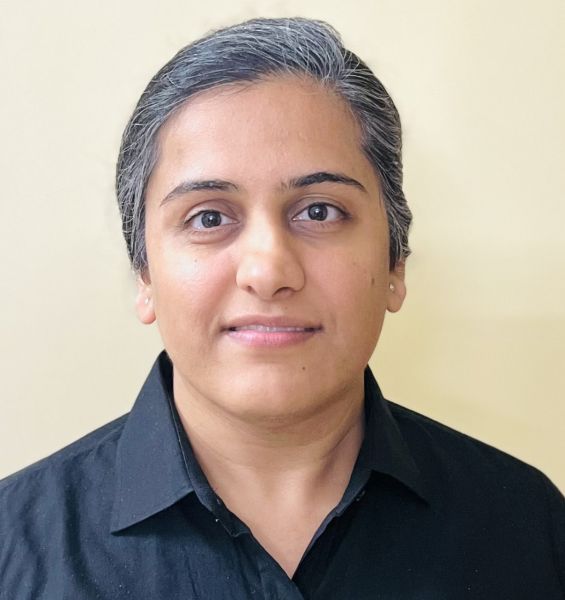According to data presented by OnlyAccounts.io, brands worldwide have spent around $673bn on digital marketing and social media ads in the past five years, and the figure keeps on rising. With 75% of Gen Zers and almost half of Millennials making purchasing decisions influenced by social media ads, it is forecasted that these figures will keep rising in upcoming years.

Annual Social Media Ad Spending has Almost Tripled Since 2018
Over the past decade, social media has grown into an excellent marketing tool providing an alternative way for companies to advertise and reach their target audience and potential customers. Despite being expensive and time-consuming and exposing to negative reviews, brands continue pouring money into social media ads after already spending hundreds of billions on them.
According to a Statista survey, brands spent $73.2bn on social media ads in 2018. Two years later, this figure practically doubled to $132.7bn. Statistics show 2021 saw the biggest year-over-year growth, with revenue surging by 36% or nearly $50bn in a year to $180.9bn. Although 2022 and 2023 saw much lower growth rates, global social media ad spending still hit all-time highs.
Statista expects brands to spend more than $207bn on social media advertising this year, or almost triple the figure reported in 2018. Moreover, total ad spending in the social media advertising market is projected to grow by a CAGR of 4.5% between 2023 and 2027, resulting in a market volume of $207.1bn.
Over 80% of total ad spending this year, or $170.3bn, will be generated through mobile, up from $53.5bn five years ago. Desktop ads will make up the rest with $36.7bn in total ad spending, almost double the figure seen in 2018.
In global comparison, most ad spending, or $72.3bn, will come from the United States. Chinese brands stand close with $71.3bn in total ad spending this year. The United Kingdom, Japan, and Germany follow, with $9.7bn, $7.7bn, and $3.8bn, respectively.
Meta Dominates the Social Media Advertising Landscape with a Huge 55% Market Share

Although Facebook has been facing much slower growth in monthly active users, Meta is still the biggest brand in the global social media advertising landscape. According to Statista Advertising and Media Outlook, Meta had a massive 55% market share last year, nearly four times more than LinkedIn, the second-largest social media advertising brand. Snapchat, Reddit, Pinterest, Twitter, and ByteDance all had around 5% shares in global social media advertising revenue.
Meta’s dominance will continue this year, as Facebook reaches more than 2.72 billion users worldwide, 120 million more than a year ago. Overall, Statista data show the number of people using social media platforms is expected to hit almost 4.9 billion this year, up from 4.59 billion in 2022.
What brands expect to achieve with Social Media Advertising
Digital marketing, and Social Media Advertising, for instance, have had a significant impact on brands in various ways. Here are some key ways in which digital marketing has influenced brands:
– Increased Reach and Targeting: Digital marketing allows brands to reach a vast and diverse audience through channels such as search engines, social media platforms, websites, and email. It enables brands to target specific demographics, interests, and behaviours, ensuring that their marketing efforts reach the right people
– Enhanced Brand Visibility: With digital marketing, brands can improve their visibility online, increasing their chances of being found by potential customers. Techniques such as search engine optimization (SEO), content marketing, and paid advertising help brands to appear higher in search engine results and gain more visibility on social media platforms.
– Improved Customer Engagement: Digital marketing provides brands with interactive platforms to engage with their audience. Social media channels, online communities, and content marketing strategies allow brands to have direct conversations with customers, gather feedback, address concerns, and build stronger relationships.
– Precise Data Analytics: Digital marketing enables brands to track and analyze various metrics and data points to measure the effectiveness of their marketing campaigns. Brands can gain insights into customer behaviour, campaign performance, website traffic, conversion rates, and more. This data helps brands make data-driven decisions, optimize their strategies, and allocate resources effectively.
– Cost-Effective Marketing: Compared to traditional marketing channels, digital marketing often offers more cost-effective options. Digital advertising platforms allow brands to set specific budgets and reach a targeted audience, making it more efficient in terms of cost per impression or conversion. Additionally, digital marketing provides brands with opportunities for organic reach and viral campaigns, reducing the need for expensive traditional advertising methods.
– Brand Storytelling and Content Marketing: Digital marketing provides brands with a platform to tell their unique stories and engage customers through compelling content. Brands can create and distribute content in various formats such as blog posts, videos, infographics, podcasts, and more. By leveraging content marketing strategies, brands can establish themselves as thought leaders, build trust, and differentiate themselves in the market.
– Real-Time Interaction and Feedback: Digital marketing enables brands to interact with customers in real-time. Brands can respond to queries, comments, and feedback promptly, fostering a sense of trust and customer satisfaction. This immediate interaction helps brands address customer concerns, resolve issues, and build a positive brand image.
Overall, digital marketing has revolutionized the way brands connect with their audience, build brand awareness, drive sales, and foster customer loyalty. It has provided brands with new opportunities, increased efficiency, and improved customer engagement, making it an essential component of modern brand strategy.

Pallavi Singal is the Vice President of Content at ztudium, where she leads innovative content strategies and oversees the development of high-impact editorial initiatives. With a strong background in digital media and a passion for storytelling, Pallavi plays a pivotal role in scaling the content operations for ztudium’s platforms, including Businessabc, Citiesabc, and IntelligentHQ, Wisdomia.ai, MStores, and many others. Her expertise spans content creation, SEO, and digital marketing, driving engagement and growth across multiple channels. Pallavi’s work is characterised by a keen insight into emerging trends in business, technologies like AI, blockchain, metaverse and others, and society, making her a trusted voice in the industry.












